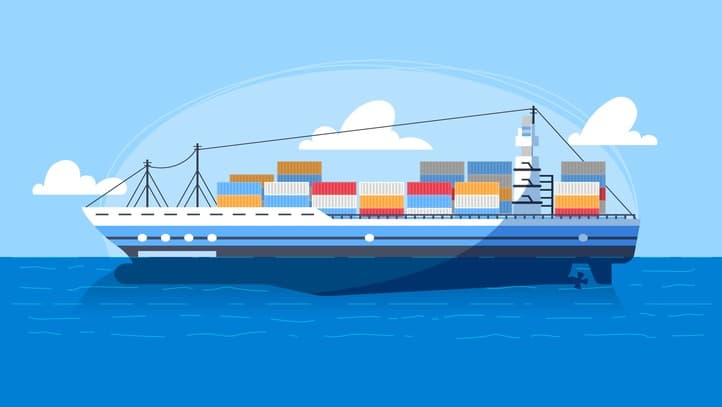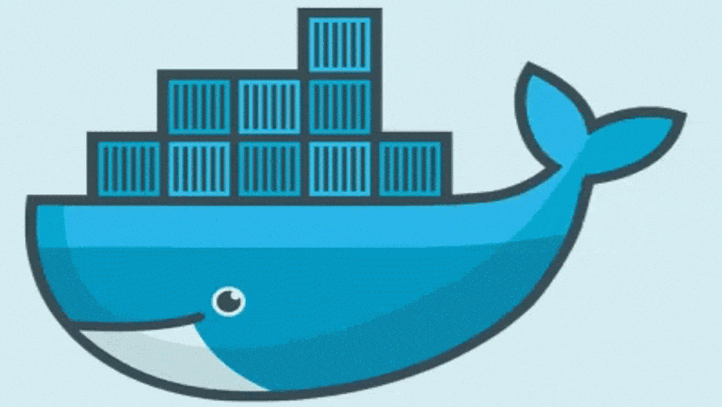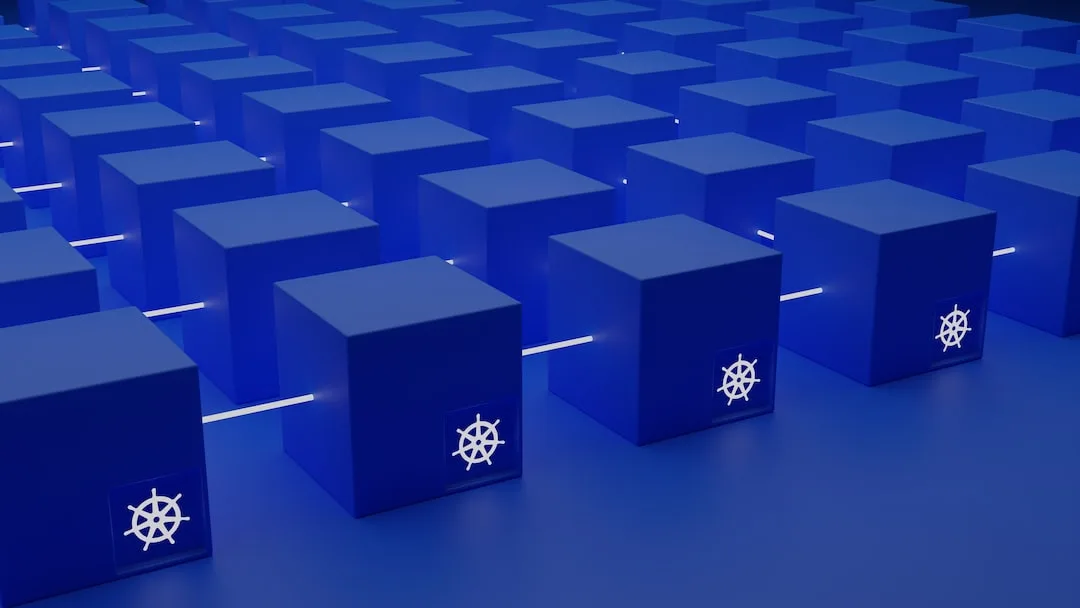
Kubernetes: The Future of Cloud Computing
- Sarvesh Mishra
- Software Architecture, System Design
- 11 Oct, 2023
In the world of modern software development and deployment, Kubernetes has emerged as a powerhouse that is changing the way we manage and scale applications. Whether you are a seasoned developer or a newcomer to the tech world, understanding Kubernetes is essential to stay competitive and efficient. In this blog post, we'll dive deep into what Kubernetes is, how it works, and why it has become a cornerstone of contemporary application infrastructure.
What is Kubernetes?
Kubernetes, often abbreviated as K8s (K-eight-s), is an open-source container orchestration platform designed to automate and streamline the deployment, scaling, and management of containerized applications. It was originally developed by Google but is now maintained by the Cloud Native Computing Foundation (CNCF), a testament to its widespread adoption and community support.
Containers and Kubernetes
To truly grasp the essence of Kubernetes, we need to start with the concept of containers. Containers are lightweight, standalone, and executable packages that include everything needed to run a piece of software, including the code, runtime, libraries, and system tools. They ensure that applications run consistently across different environments, making them an ideal solution for modern software development.
Kubernetes takes the power of containers to the next level by offering a unified framework for container orchestration. It can manage multiple containers, distributed across a cluster of machines, making it possible to deploy, scale, and maintain applications with ease.
Key Features of Kubernetes
-
Automated Scaling: Kubernetes allows you to define rules and policies for automatically scaling your applications based on demand. You can scale horizontally by adding more containers or vertically by adjusting the resources allocated to each container.
-
Load Balancing: It automatically distributes incoming traffic to containers, ensuring efficient resource utilization and fault tolerance.
-
Self-Healing: Kubernetes continually monitors the health of containers and can restart or replace them if they fail. This feature contributes to the high availability and reliability of applications.
-
Rolling Deployments: Updating applications in Kubernetes is a breeze. It enables rolling deployments, which gradually replace old containers with new ones, reducing the risk of downtime.
-
Configuration Management: Kubernetes provides tools for storing and managing configuration data separately from the application code, enhancing security and portability.
-
Storage Orchestration: It offers storage solutions for containers, enabling you to manage data in a consistent and scalable way.
-
Declarative Approach: You define the desired state of your application, and Kubernetes makes it happen. This declarative approach simplifies management and reduces the risk of configuration drift.
Why Kubernetes?
-
Scalability: Kubernetes is capable of managing applications that range from a single container to thousands of containers running across a vast cluster of machines. This scalability makes it suitable for both small startups and large enterprises.
-
Portability: Kubernetes abstracts away the underlying infrastructure, making your applications easily portable across different cloud providers or on-premises data centers.
-
Resource Efficiency: It optimizes resource utilization by packing containers onto machines efficiently and enabling you to set resource limits and quotas.
-
Community Support: With a large and active community, Kubernetes enjoys ongoing development and support, with a vast ecosystem of tools and resources.
-
Standardization: Kubernetes has emerged as a de facto standard for container orchestration, ensuring compatibility and consistency across various platforms.
Conclusion
Kubernetes has revolutionized the way we deploy, manage, and scale applications in a containerized world. Its flexibility, automation capabilities, and extensive community support have made it the go-to solution for organizations of all sizes. Whether you're working on a small personal project or managing a massive enterprise application, understanding Kubernetes is essential for modern software development. So, don't wait – start exploring Kubernetes and unlock its full potential for your applications.
Let's Connect on:



